Tuleyome Book Recommendations 2023
See Tuleyome's Book Recommendations for 2022
December 2023

Adventures in nature;: Selections from the outdoor writings of Edwin Way Teale
Join America's foremost naturalist-writer in his adventures out-of-doors. Travel with him in 31 adventures ranging from the Maine Woods to the California coast.
November 2023
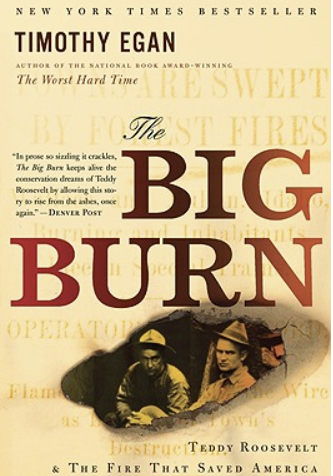
The Big Burn: Teddy Roosevelt and the Fire that Saved America, by Timothy Egan.
The Big Burn, by Timothy Egan, is a fascinating look at two intertwined stories – that of the largest wildfire in U.S. history (the Big Burn of 1910) and the founding and early struggles of the U.S. Forest Service. The book is packed with both physical action on the fire line and political action in Washington, brought to life through the perspectives of larger-than-life characters such as Ed Pulaski, Gifford Pinchot, and Teddy Roosevelt.
October 2023

Anderson Marsh State Historic Park: A Walking History, Prehistory, Flora, and Fauna Tour of a California State Park by Kathleen Scavone
September 2023
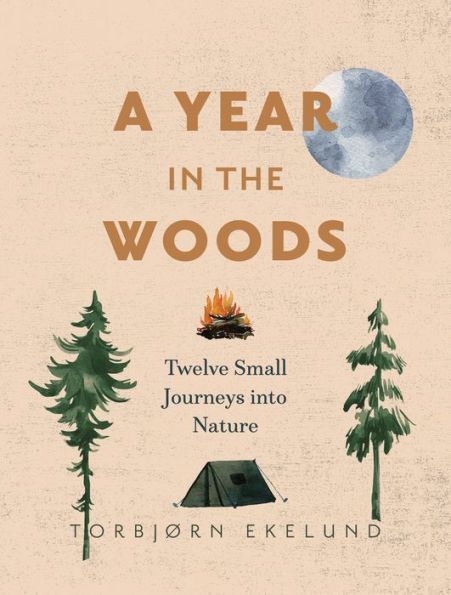
A Year in the Woods by Torbjorn Ekelund
How does the same location look throughout the year? What changes with the seasons? What remains constant? The author returned to the same spot throughout the year, taking note of changes, small and large.
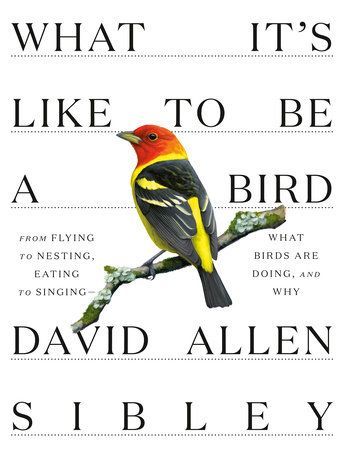
What It's Like to be a Bird
by David Allen Sibley
More than two hundred species of the most commonly seen birds are discussed and with beautiful pictures.
August 2023
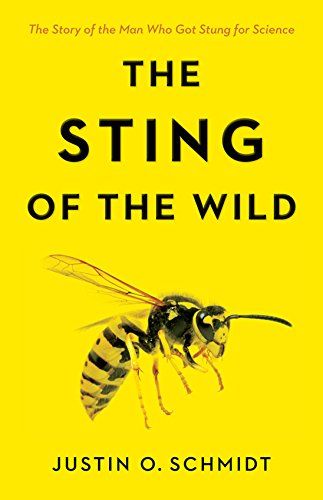
The Sting of the Wild
by Justin O. Schmidt
Ever wonder it feels like to stung by various insects? Justin Schmidt does the research for you and compares them to "everyday" occurrences!
July 2023
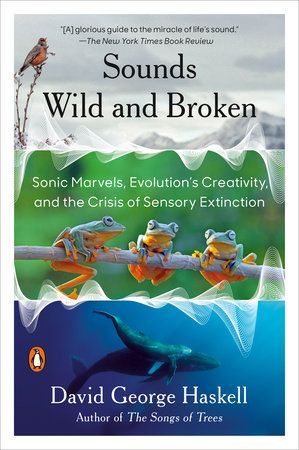
Sounds Wild and Broken
by David George Haskell
David Haskell investigates the songs, calls, and sounds found in nature - deep in the oceans, rainforests, swamps, and urban environments. How have these sounds evolved with nature and how are they adapting to new environments? Haskell describes how human sounds and music have evolved - ivory flutes from Paleolithic caves to listening to music on earbuds.
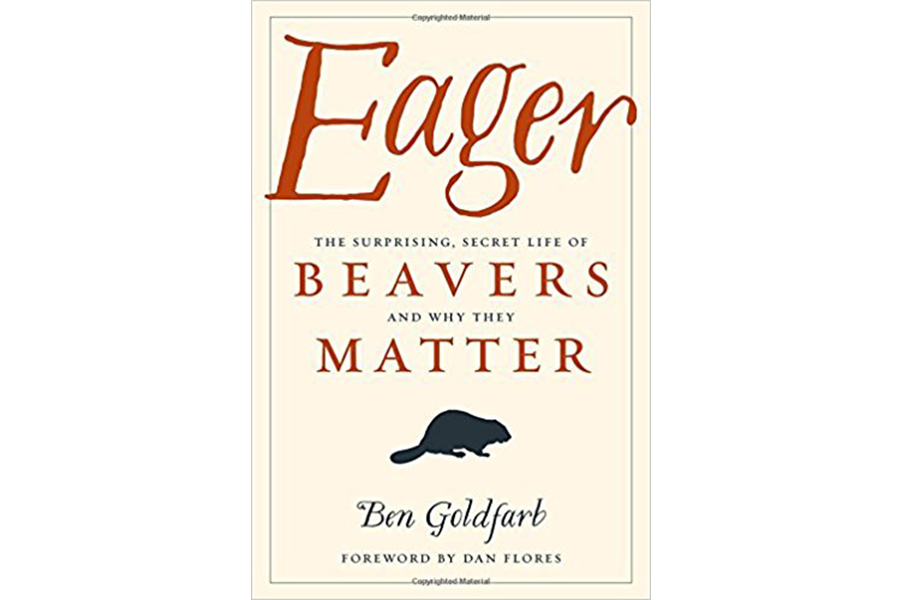
Eager: The Surprising, Secret Life of Beavers and Why They Matter
by Ben Goldfarb
June 2023
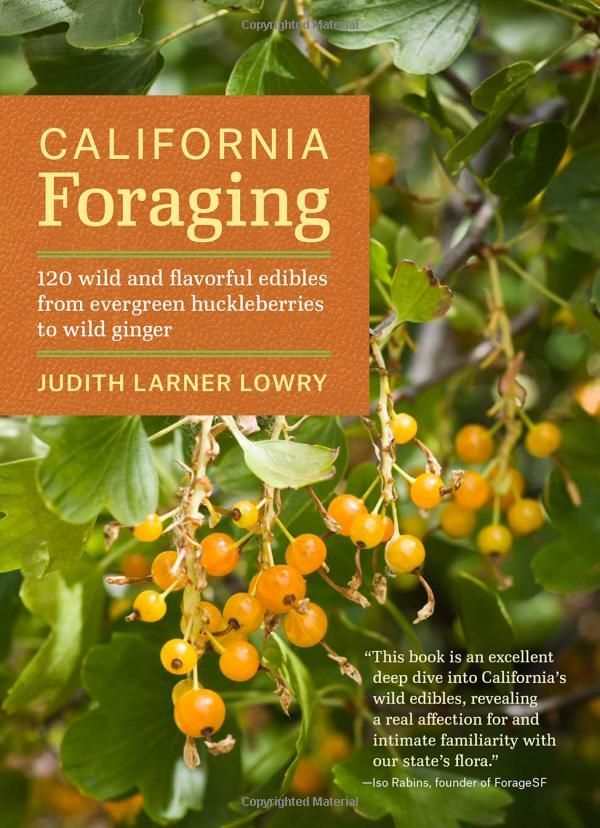
California Foraging
by Judith Larner Lowry
May 2023
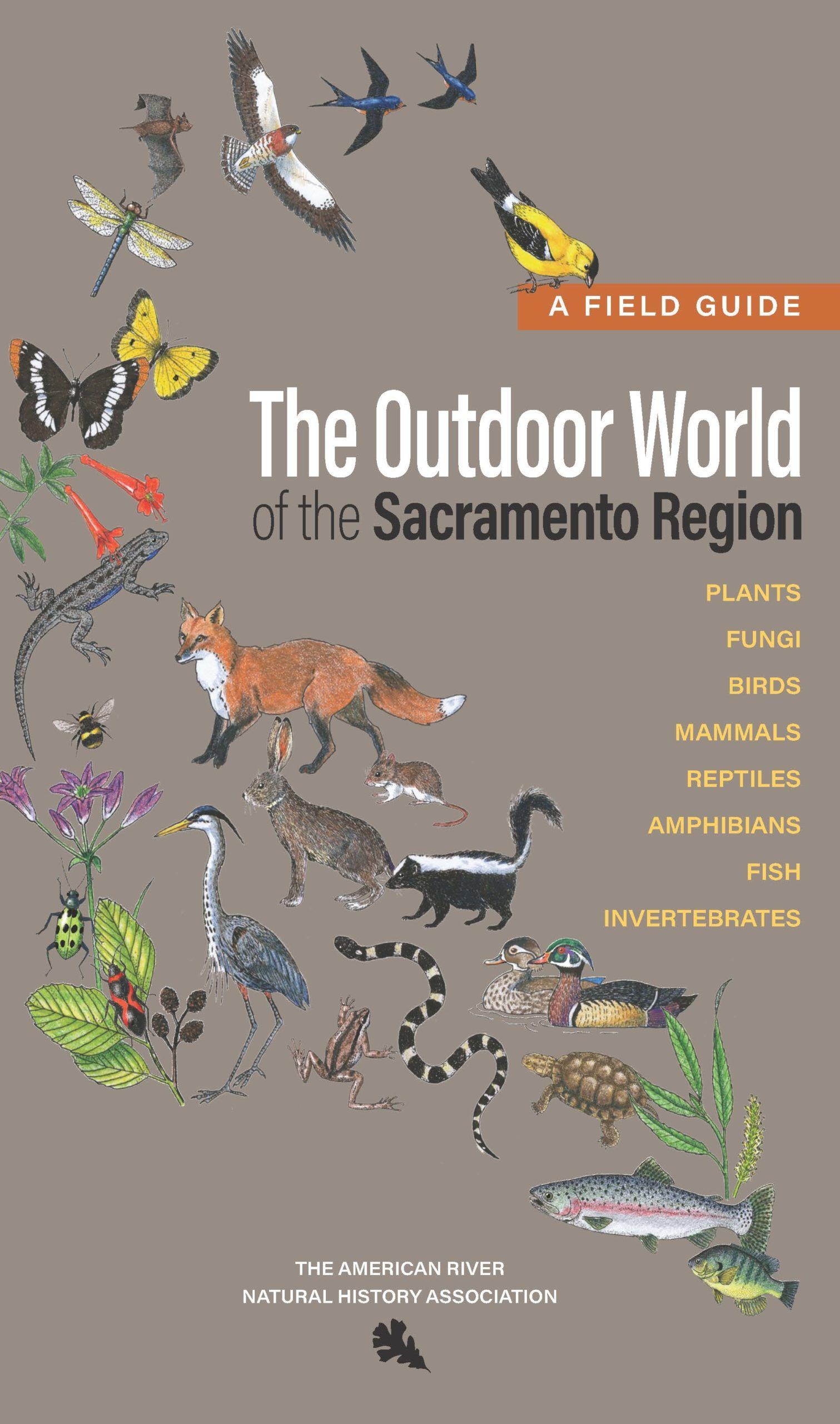
The Outdoor World of the Sacramento Region
by The American River Natural History Association
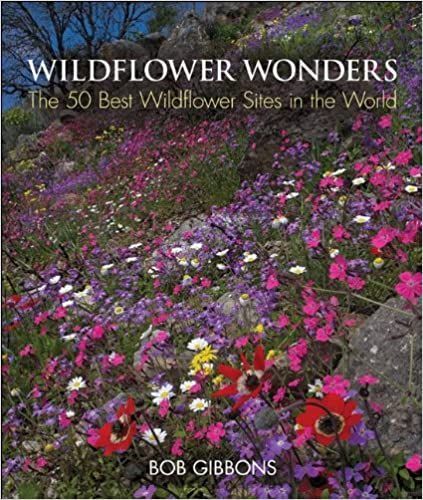
Wildflower Wonders
by Bob Gibbons
April 2023

Braiding Sweetgrass
By Robin Lee Kimmerer
March 2023
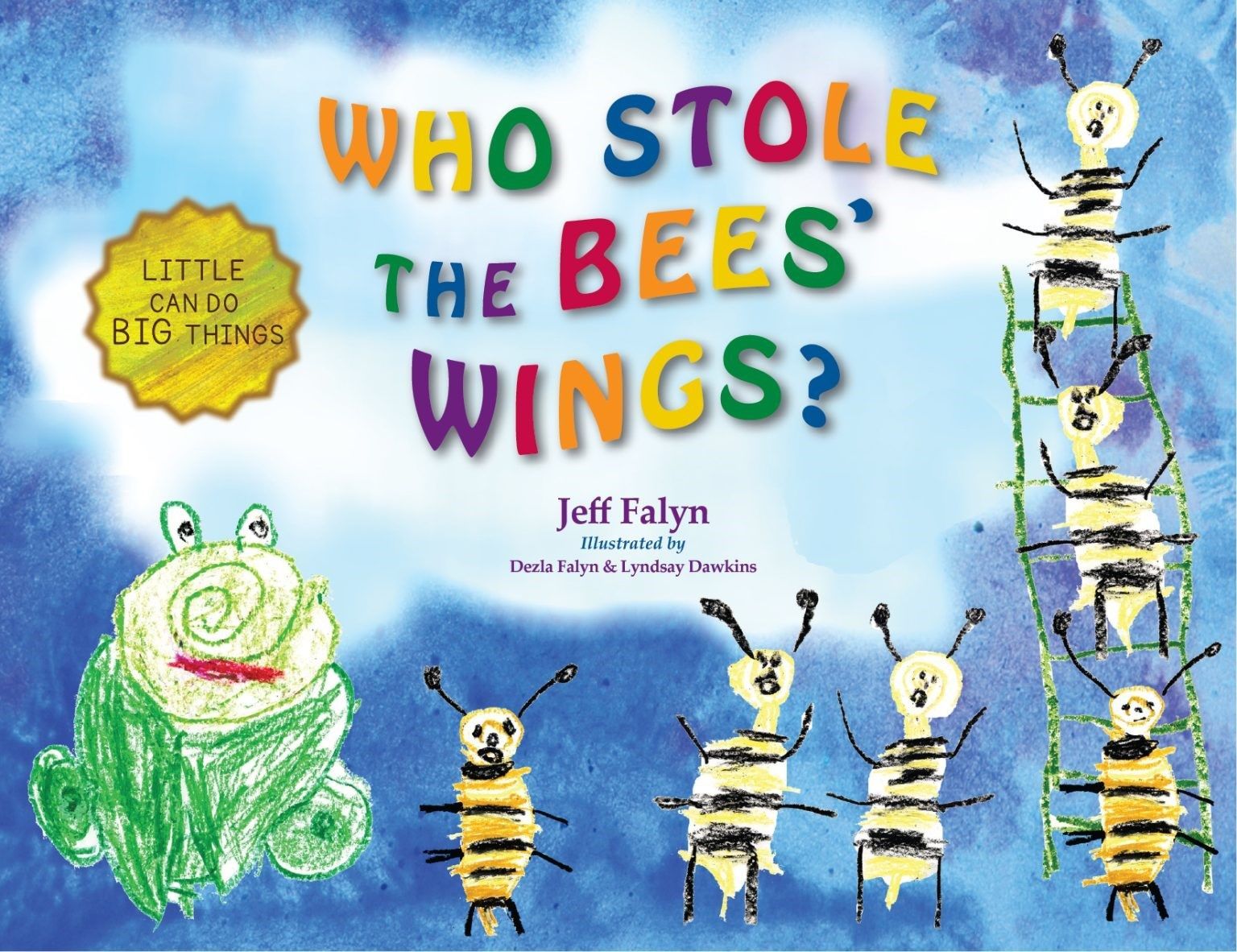
Who Stole the Bees' Wings?
By Jeff Falyn
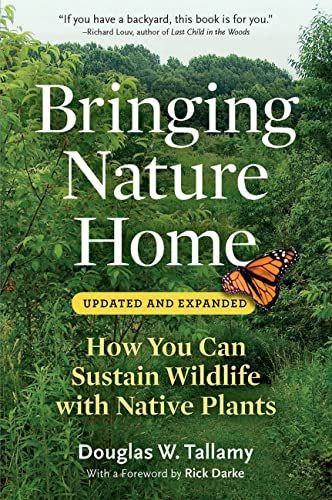
Bringing Nature Home
by Douglas W. Tallamy
February 2023
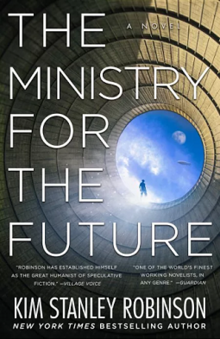
The Ministry for the Future
by Kim Stanley Robinson
January 2023

RECENT ARTICLES






